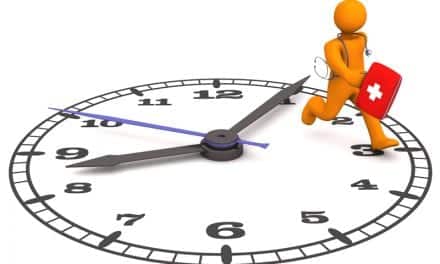WebMD: A patient describes their narcolepsy diagnosis story and the struggle with daytime sleepiness that led to a car accident.
As I snapped back into consciousness, I found myself driving on the wrong side of a road that ran parallel to a beach, with traffic heading straight at me. Stunned, I yanked the steering wheel to get back into the right lane but somehow lined myself up perfectly with a telephone pole. My brain furiously tried to process what was happening as I realized that the brakes weren’t going to save me. Rapid-fire images of my mother, my father, my dog – and then an imagined fireball from the imminent impact – raced through my head. When I slammed into the pole, the airbag opened, but luckily there was no fireball. In shock, I stumbled out of the car, sat down on gravel, and considered whether I should stop driving forever.
At the time of the crash, I had been experiencing bouts of intense daytime drowsiness, attacks that ranged from brief nod-offs to full-on sleep, for about 2 years. This wasn’t my first car accident, but it was the scariest.
The next week, I went to a sleep specialist and spent the night with electrodes attached to my scalp and a heart monitor affixed to my chest, undergoing a test called a polysomnogram (PSM), which measured my vital signs, brain waves, and movements. That was followed, after breakfast, by a multiple sleep latency test (MSLT), during which I took a nap every 2 hours throughout the day and the same information was recorded.




